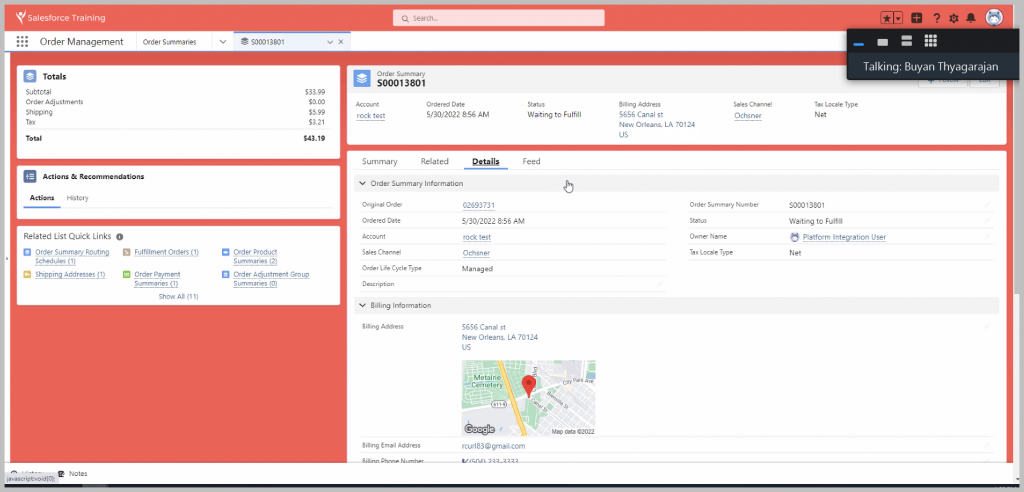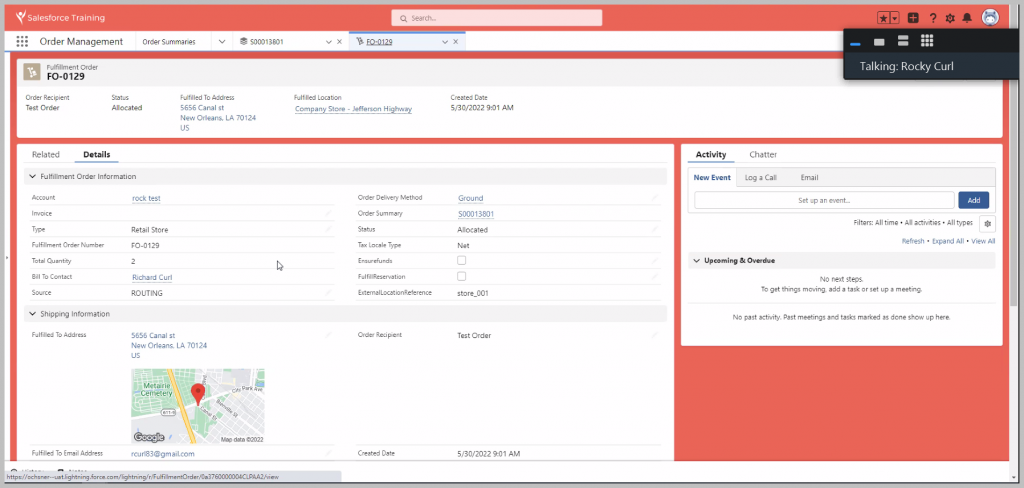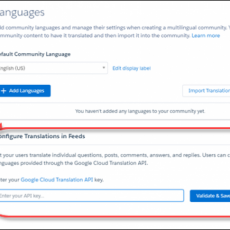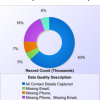If you are a manufacturer, retailer, or in the consumer goods industry using salesforce and wondering what the newly released order management solution product is and how to leverage it, this blog article would be the right one for it. Now I work in the healthcare hospital industry and you would wonder why a hospital would look at OMS as a solution for their needs. With covid 19 and the decline of it, we have seen a new trend of buying now and picking up at the store as a new trend emerging. Most industries have a solution to enable customers to buy online with an eCommerce solution which is great. But what if you want to charge the customer only after the order is fulfilled? What if you want to provide customers options on payments based on different products which are part of the order to be fulfilled? What if you want your customer service team which lives in salesforce to be engaged as part of the order fulfillment? Traditional eCommerce solutions fall short of this and that is where OMS has an edge. The solution is to leverage OMS to fulfill your orders and handle payments, and order processing where your customer can pick up the order at a warehouse, partner location, and others. So what are potential pitfalls you need to be aware of with the new OMS implementation? Read on.
Things to Look for Prior Implementation
Before you implement OMS in your salesforce instance, there are certain things to consider and watch out for that will help you to save a lot of time and effort during implementation.
- Have a plan for inventory management and integrate it with your OMS solution. With OMS not having an inventory management solution, it is important that you need to have an integration plan with your existing inventory management solution if you have one already or plan to purchase an inventory management solution. Here are a couple of use cases that you need to plan and work with your inventory management team as part of OMS.
- Displaying inventory availability during the order intake process- Plan on what are the rules to display the minimal and maximum quantity for products, how to handle excess orders if inventory is not available like a reservation list, and others.
- Handling backorders on inventory not available during order fulfillment.
- Use cases involving shipping, handling fees, or any other fees which are critical to getting your margins on the orders.
2. Flush out the current and future state order orchestration process with the business. Most business folks think that oms will solve the business process problem, but it is not. So sitting with the business defining a process on what will happen once an order is created, processed, shipped, delivered to the customer, handling cancellations has to be mapped and defined. Define an order life cycle stage which will indicate different stages to the customer easily and have a plan for substages if there are dependencies internally with your supply chain vendors if needed.
3. Location is a critical part of OMS solutions. You would need a shipping location predefined as part of the OMS implementations. So here are some guidelines to handle it effectively.
a. If your business is always dropshipping orders to an external vendor or location, consider a dynamic process where the shipping from the location can change based on product, customer, or vendor.
b. If your business plans to ship the orders from one location and gets all the parts from your vendors to the same location, leverage the shipping location where the order will be shipped from. Ideally, you want to think of scaling if you have rules for multiple shipping locations like the east coast, west coast, etc. Please look at the below screenshots for examples.
Things to do during Implementation
During the implementation of OMS, there are several things that you need to plan for and handle as part of the implementation.
- Have a plan to handle taxes- OMS does not have a tax handling module and so solutions like Avalara will help a lot in this regard.
- If you are integrating the orders to an external ERP system like SAP etc, keep in mind that the Order summary object is just a placeholder object. So if your ERP system is looking for order details like order items, shipping, taxes, and changes in orders, it is the child objects which link to the order summary that has to be integrated into the ERP and not the order summary object.
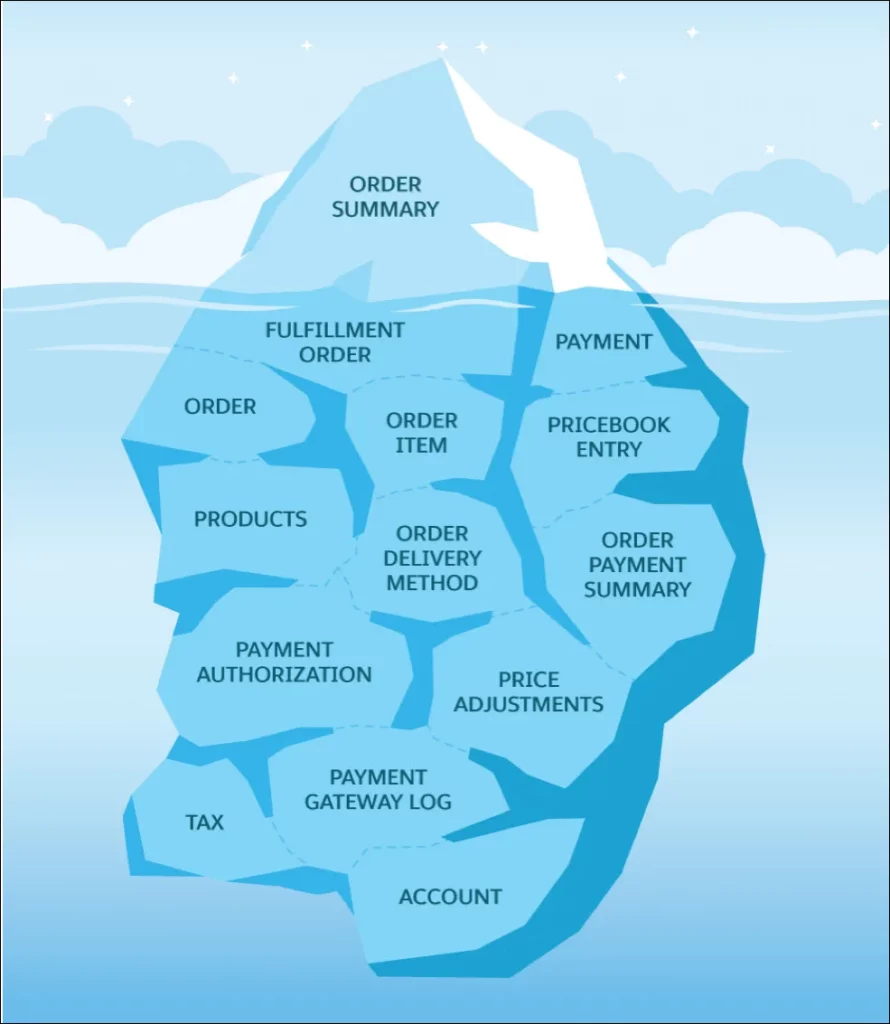
3. If you have orders created in multiple places like a physical store, eCommerce website, and OMS, there has to be a strategy to sync orders from different systems to your system of record for orders. This could be salesforce, ERP, or a separate order fulfillment system. Also, plan for syncing inventories from each order source to your inventory management system.
4. Have a plan to handle the cancellation of orders and refunds. These are unique use cases that you might ignore at the beginning but will bite you at the end. This solution need not be implemented initially but having a plan to deduct inventory, and handling cancellation fees have to be considered.
So if you want to implement OMS and deliver the project on time, you need to consider the following.
- Prior to implementation, have a plan for handling inventory use cases like displaying quantities of your products, backfill of your orders, and solutions to display a reservation list for inventory not available.
- During implementation, you need to consider a tax solution like Avalara, plans for integration of your orders with your ERP systems, and rules to handle order cancellation.
- Have a strategy for a system of record for Orders as it might seem Salesforce is the system of record based on OMS. But it might be your ERP system or order processing system which you need to fully vet by talking to different teams.
As always, feel free to post your comments below or email me at buyan@eigenx.com to discuss this further.
Please subscribe
Subscribe to our mailing list and get tips to maximize salesforce to your email inbox.
I am honored to have your subscription. Stay tuned for tips to maximize your salesforce investment
Something went wrong.
